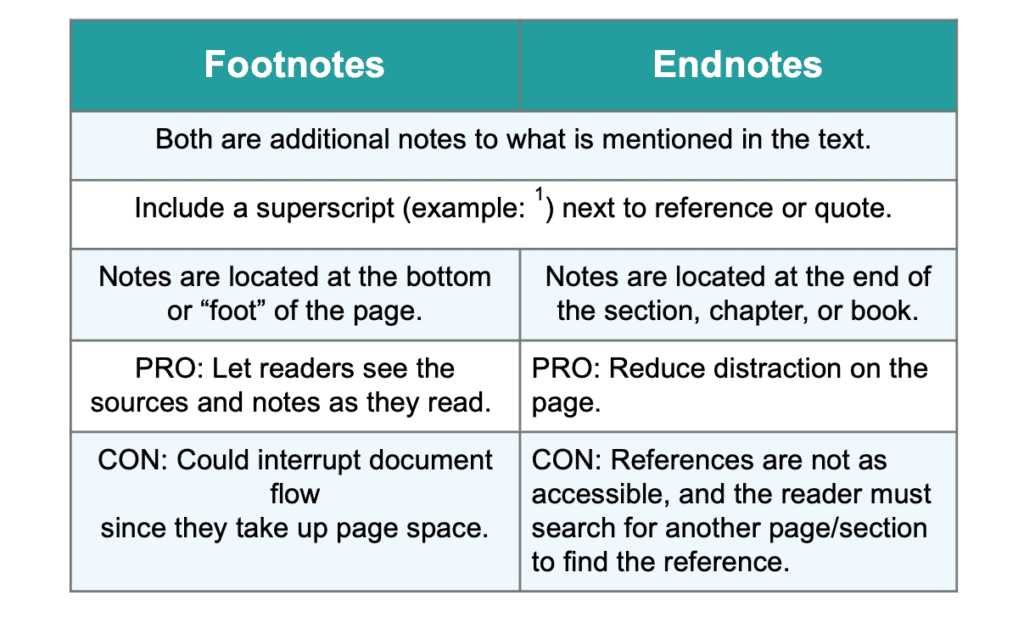

The details of the IRB/oversight body that provided approval or exemption for the research described are given below:Įthics committee/IRB of Medical College of Wisconsin gave ethical approval for this work.

I confirm all relevant ethical guidelines have been followed, and any necessary IRB and/or ethics committee approvals have been obtained.

This study did not receive any funding Author Declarations The authors have declared no competing interest.

Patients that had mildly elevated BPs in the immediate postpartum period as well as at 6 weeks postpartum, and higher BMI one year postpartum, had higher risk of having at least stage I HTN one year following pregnancy complicated by gestational hypertension or preeclampsia. Multivariate logistic regression demonstrated that mild range BP prior to discharge (aOR 1.78, 95%CI 1.16-2.72), elevated BPs at 6 weeks postpartum (aOR 2.01, 95% CI 1.36-3.00), and higher BMI at one-year postpartum (aOR 1.07, 95%CI 1.00-1.14), remained to be significantly associated with higher odds of persistent hypertension one-year postpartum, while nulliparity remained to be associated with lower odds of persistent hypertension one-year postpartum (aOR 0.55, 95%CI 0.36-0.84)Ĭonclusion In this cohort, 45% of patients with gestational hypertension or preeclampsia had persistent hypertension one-year postpartum by the 2017 ACC/AHA hypertension definition. In contrast, nulliparity was associated with lower risk of having persistent hypertension at one-year postpartum. Bivariate analyses demonstrated that older maternal age, higher body mass index (BMI) at first prenatal visit, at delivery, and one year postpartum, mild-range BP (compared to normal BP) prior to discharge, and patients with elevated BP at 6-week postpartum visit, were more likely to have persistent hypertension one-year postpartum. Results Of the 595 persons included in this analysis, 268 (45.0%) had persistent hypertension one year postpartum.


 0 kommentar(er)
0 kommentar(er)
